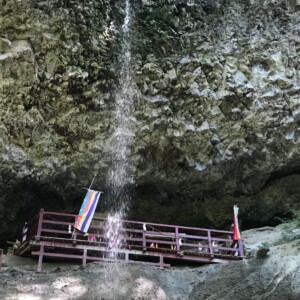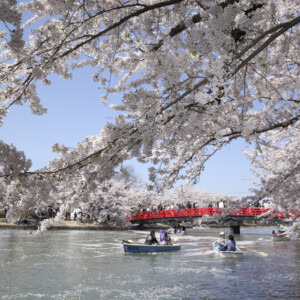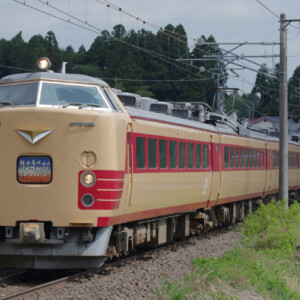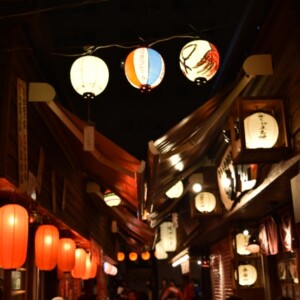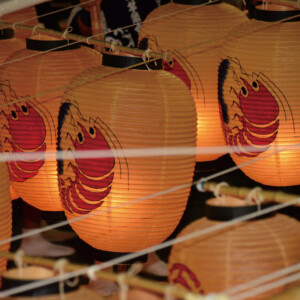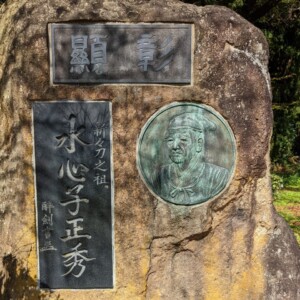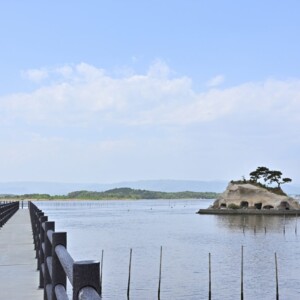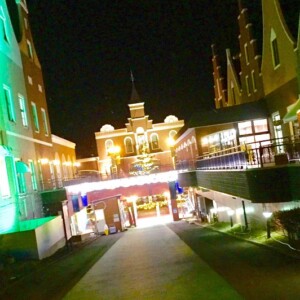
Nihonmatsu Shrine, the main shrine of the former Nihonmatsu Domain, famous for its lantern festival [Fukushima Prefecture]
table of contents
- 1 Nihonmatsu flourished as the home of the Niwa family from the Edo period to the Meiji period
- 2 Nihonmatsu Shrine is also known as "Goryosha" (the two shrines) because it enshrines Kumano Shrine and Hachiman Shrine together
- 3 The Nihonmatsu Lantern Festival is an annual festival at Nihonmatsu Shrine, famous as one of the three major lantern festivals in Japan
- 4 summary
Nihonmatsu city in Fukushima prefecture is located exactly halfway between Fukushima city and Koriyama city. Nihonmatsu Shrine is famous for the Nihonmatsu Lantern Festival,
Nihonmatsu flourished as the home of the Niwa family from the Edo period to the Meiji period
Nihonmatsu was established in 1643 by Niwa Mitsushige, the grandson of Niwa Nagahide, a famous vassal of the Sengoku period warlord Oda Nobunaga, and flourished as the home of the Niwa family until the Nihonmatsu domain was abolished in 1871 when the feudal domains were abolished and prefectures were established.
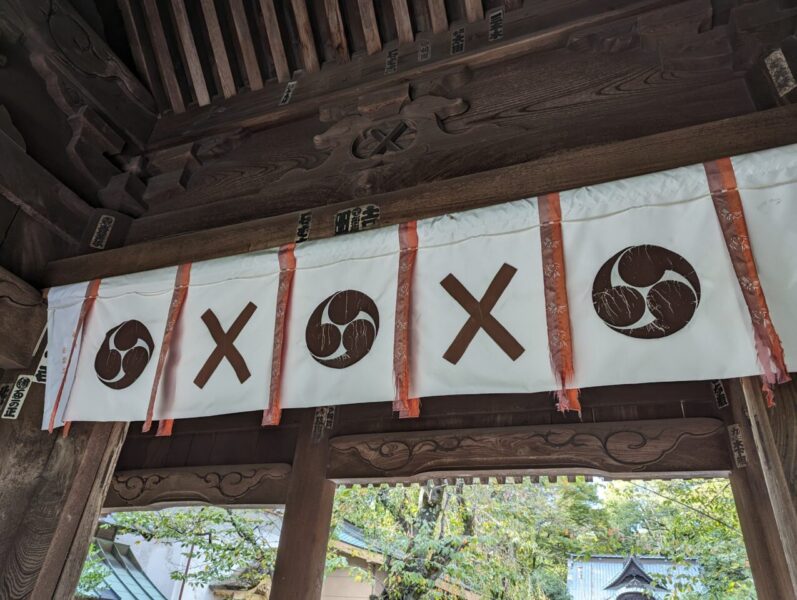
Because of this, in the Nihonmatsu domain, when people shouted "Oni wa soto" during Setsubun, they would chant "Oni soto" or "Onisoto" without the "ha" because it sounded like "Oniwa soto."
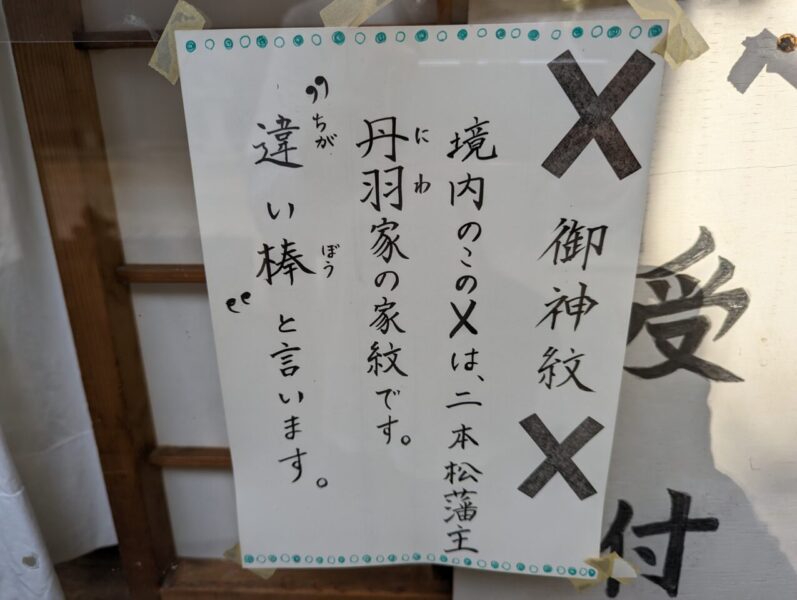
In 1643, Mitsushige, who had just entered Nihonmatsu, donated 80 koku of rice and 25 koku of shrine land to Nihonmatsu Shrine. After having a miraculous dream about the enshrined deity, he donated an additional 50 koku of shrine land, and the shrine has remained the main guardian deity of the Nihonmatsu domain ever since
Nihonmatsu Shrine is also known as "Goryosha" (the two shrines) because it enshrines Kumano Shrine and Hachiman Shrine together
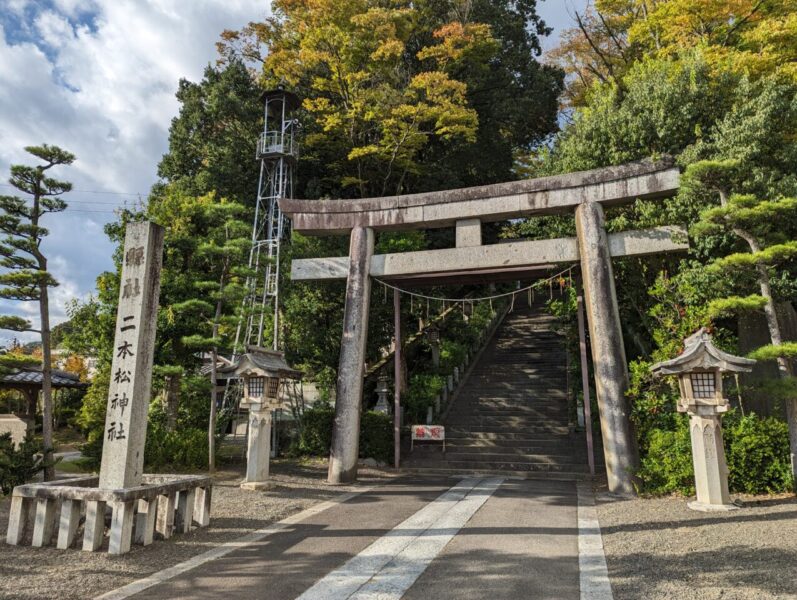
According to the history of the shrine, it was founded during the Kyuan era (1145-1151), Adachi Tokuro one of the thirteen councilors known as the "13 Lords of Kamakura," enshrined Kumano Gongen as "Kumano Shrine" when he became the local lord of Nihonmatsu.
Later, Oshu Tandai Hatakeyama Mitsuyasu moved to this area and built a castle on Shirahataga Mine. He named it Nihonmatsu Castle. The aforementioned Kumano Shrine was also moved to the castle grounds and enshrined together with Hachiman Shrine, which enshrines Hachiman-no-Okami, the clan deity of the Hatakeyama clan
Then, during the reign of the Niwa family, Niwa Mitsushige, the first lord of the Nihonmatsu domain, enshrined Hachiman Shrine, the guardian deity of successive castle lords, on the lower left side, and Kumano Shrine, the guardian deity of the domain's people, on the upper right side.He then moved the shrine from within the castle to its current location so that any citizen of the domain could freely visit, where it remains to this day
From this time on, the shrine came to be called "Goryosha," with Kumano Shrine and Hachiman Shrine enshrined together
The deity of Nihonmatsu Shrine
Kumano Gongen, the enshrined deity of Kumano Shrine
- Izanami -no-Mikoto
- Hayatama no O-no-Mikoto
- Kotosakano -no-mikoto
Hachiman Shrine's enshrined deity, Hachiman-no-Okami
- Homudawake no Mikoto
- Okinagatarashihime -no-Mikoto
Furthermore, there are three shrines within the grounds,
- Kotoshironushi-no-Mikoto, in business, also known as Ebisu
- Sukunahikona no Mikoto , the father of medicine and said to have the divine virtue of good health and recovery from illness
- Sugawara no Michizane, the god of learning, known as Tenjin
are enshrined respectively
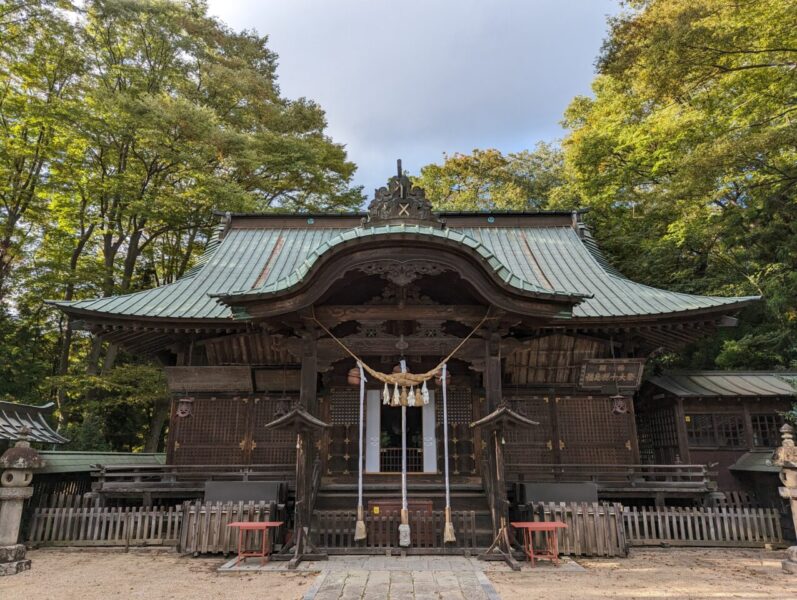
The shrine building was once destroyed by fire, and the current building was rebuilt in Bunka 3 (1806)
The Nihonmatsu Lantern Festival is an annual festival at Nihonmatsu Shrine, famous as one of the three major lantern festivals in Japan
The Nihonmatsu Lantern Festival, an annual festival held at Nihonmatsu Shrine over three days on October 4th, 5th, and 6th, is famous as one of Japan's three major lantern festivals
The seven Taiko-dai floats, called "Seven Taiko-dais," are pulled by the seven towns of Nihonmatsu City - Honmachi, Kameya, Takeda, Matsuoka, Nezaki, Wakamiya, and Gurouchi - and are paraded around the city, adorned with approximately 300 lanterns bearing the initials or names of the towns
The lanterns on the Taikodai, the Takabari lanterns, and the Yumibari lanterns carried by the leaders of the Young Association are all lit with the sacred fire, and it is said that there is a rule that "the flames of the lanterns must never be extinguished."
The origin of the festival
According to the Aioishu, published by the Nihonmatsu Domain in 1841, in 1664, young men from the Nezaki and Takeda districts of Nihonmatsu carried the portable shrine of Atago Shrine in Nezaki, Nihonmatsu City, and paraded through Kamedani, Honmachi, Matsuoka, and on to the Wakamiya district. This inspired young men from Honmachi and Kamedani to parade the portable shrine of Hachiman Shrine, which is said to be the beginning of the festival
In modern times, the Guildhall district, which was a samurai town, joined in with Taikodai floats in 1962, and the festival now covers seven towns: Honmachi, Kametani, Takeda, Matsuoka, Nezaki, Wakamiya, and Guildhall
summary
Nihonmatsu Shrine has been a place of refuge for the people of Nihonmatsu since ancient times. When you visit to pray, be sure to also experience the lively Nihonmatsu Lantern Festival, one of Japan's three major lantern festivals,
Nihonmatsu City has many other attractions, such as Adachihara, the site of the demon hag legend , and Nihonmatsu Castle
Nihonmatsu Shrine <Information>
- Name: Nihonmatsu Shrine
- Address: 1-61 Honmachi, Nihonmatsu City, Fukushima Prefecture, 964-0917
- Phone number: 0243-22-1066
- Official URL: https://nihonmatsu-shrine.com/




![A report on the experience of "Whiskey Collection Koriyama," Tohoku's first whiskey event! [Fukushima Prefecture] Whiskey Collection Koriyama](https://jp.neft.asia/wp-content/uploads/2024/10/IMG_0751-EDIT-150x150.jpg)
![The delicacy "Anko" is a delicious winter taste on the beach! [Fukushima Prefecture] Monkfish](https://jp.neft.asia/wp-content/uploads/2022/02/2054097_m-150x150.jpg)
![A tour of the 33 remaining Kannon in Minami Aizu. "Thirty-three Kannon" certified as a Japanese Heritage Site [Fukushima Prefecture] 11_MG_9631](https://jp.neft.asia/wp-content/uploads/2022/11/11_MG_9631-150x150.jpg)
!["Negaseki" is one of the three ancient Oshu sekies that surpasses Minamoto Yoshitsune and Matsuo Basho [Tsuruoka City, Yamagata Prefecture] 3809167_m](https://jp.neft.asia/wp-content/uploads/2023/02/3809167_m-150x150.jpg)
![What is "disc dumplings" in Fukushima City? Introducing recommended shops and history [Fukushima Prefecture] Disc Dumplings 1](https://jp.neft.asia/wp-content/uploads/2023/03/31485117_m-150x150.jpg)
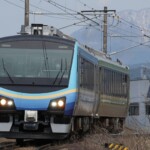
![Okuaizu Shoten is born where you can "know, buy, and experience" Okuaizu! [Fukushima Prefecture] Okuaizu store](https://jp.neft.asia/wp-content/uploads/2024/07/sub6-150x150.jpg)


